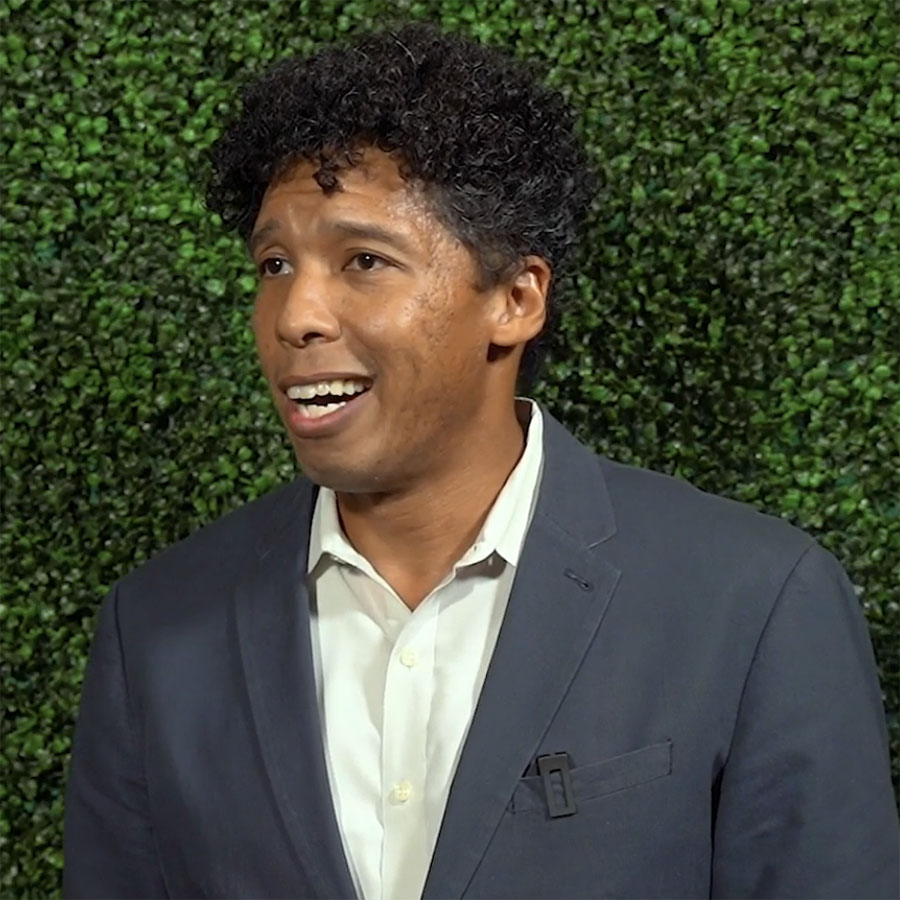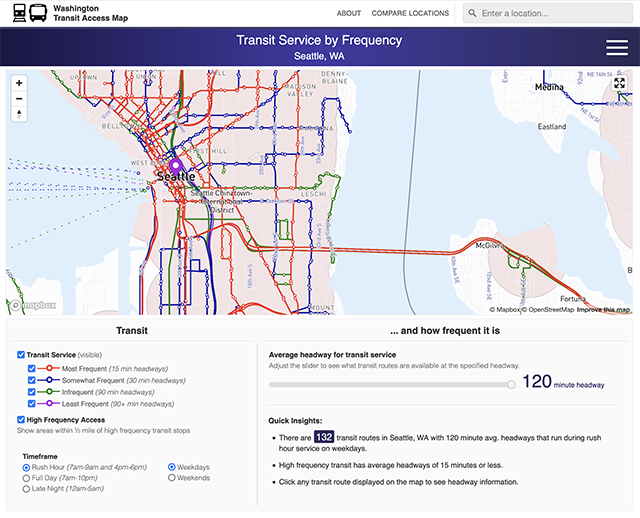We are delighted to announce that the City of Chicago is supporting CNT’s education and outreach on rain readiness. Working alongside urban flooding victims themselves, we help people identify practical and affordable improvements to protect their property from urban flooding - approaches that can be implemented in any neighborhood in America.
What’s particularly exciting is that CNT’s unique organizing approach – flood victim action through Resident Action Groups - has caught the interest of other cities, and we’ll be presenting at the Mayors Innovation Project 2016 Winter Meeting in Washington D.C. at the end of January.
Funding for RainReady education work comes from a partnership between the City and the Illinois Emergency Management Agency’s Hazard Mitigation Grant Program. Our education efforts are focused on communities flooded by severe rainstorms in April 2013 when former Illinois Gov. Pat Quinn declared a state of emergency and made impacted communities eligible for federal disaster aid.
The Resident Action Groups are groups of residents affected by flooding within a neighborhood who come together with common interests. The groups may choose to set up Facebook pages, circulate educational materials, host workshops and training events, provide witness testimonies for supportive policy and legislation, act as media spokespeople, organize neighborhood meetings, circulate surveys to gather data on flooding, and host parades and block parties. CNT has found such groups to be powerful and trusted voices in communities on the need for action. If you’re interested in starting a Resident Action Group, click here.

Chatham, on Chicago’s South Side, shows the impact of resident-led approaches. Our analysis of flood damage payouts in Cook County from 2007-2011 found that Chatham had the highest number of payouts and the highest total dollar amount of payouts, even though there are no natural floodplains in the community. Risk analysis by CNT/RainReady and the U.S. Army Corps of Engineers noted the “extreme vulnerability to flooding in Chatham,” with 40% of flood victims reporting to have flooded more than 10 times since moving into their homes. 53% had had more than $10,000 in damage, and 25% had more than $20,000 in damage.
Following the 2013 disaster, CNT was approached by flood victims in the community and invited to host an event to hear the stories of residents affected by the floods. The community reported devastating loss of property, lost wages, and lingering health problems, which often affected entire families. We left the event that day realizing that everyone – from agencies and local officials to businesses and residents – would have to play a role in fighting future flooding.
We helped several Chatham homeowners learn about why they were flooding and how to fix it. One homeowner in particular, Lori Burns, had been flooding during common heavy rains. She inherited her property from her mother and used her basement as a living space. She received a RainReady Home assessment and learned how to fix her problems. She disconnected her downspout and installed a rain garden and a backflow preventer. Lori solved her flooding problem, and now she is a part of the RainReady Chatham Steering committee working to help more residents get RainReady!
A RainReady Chatham plan of action will be published in the coming months, and we will be returning to the community in 2016 to design and pilot a downspout disconnection program. Thanks to funding from the Illinois Department of Natural Resources, Coastal Management Program, CNT will be expanding its outreach on Chicago’s South Side to include an additional five communities: Avalon Park, Calumet Heights, Pullman, South Shore and Washington Heights.
Addressing urban flooding and climate change requires a sense of urgency and momentum. We believe that resident-led action offers this essential ingredient.





 Strengthening Transit Through Community Partnerships
Strengthening Transit Through Community Partnerships